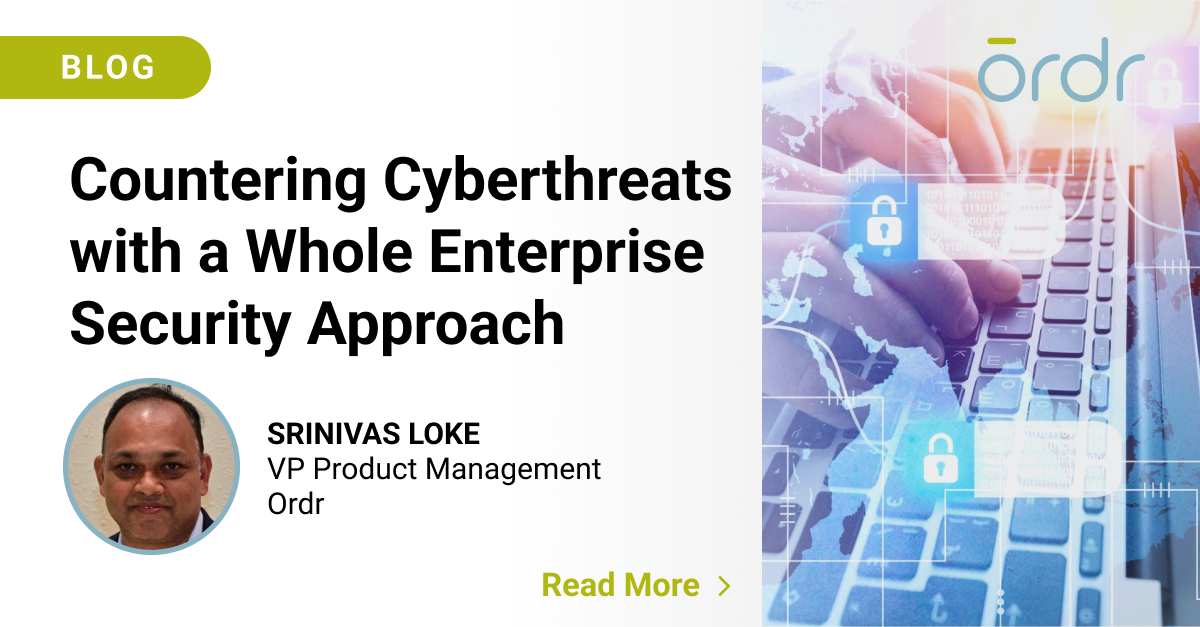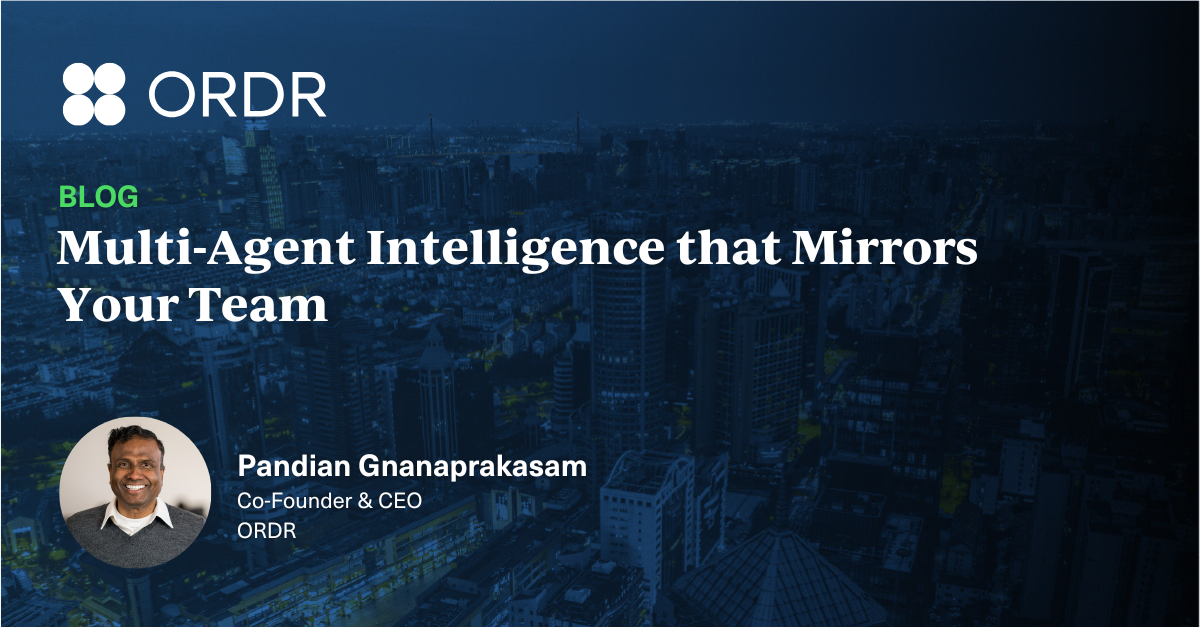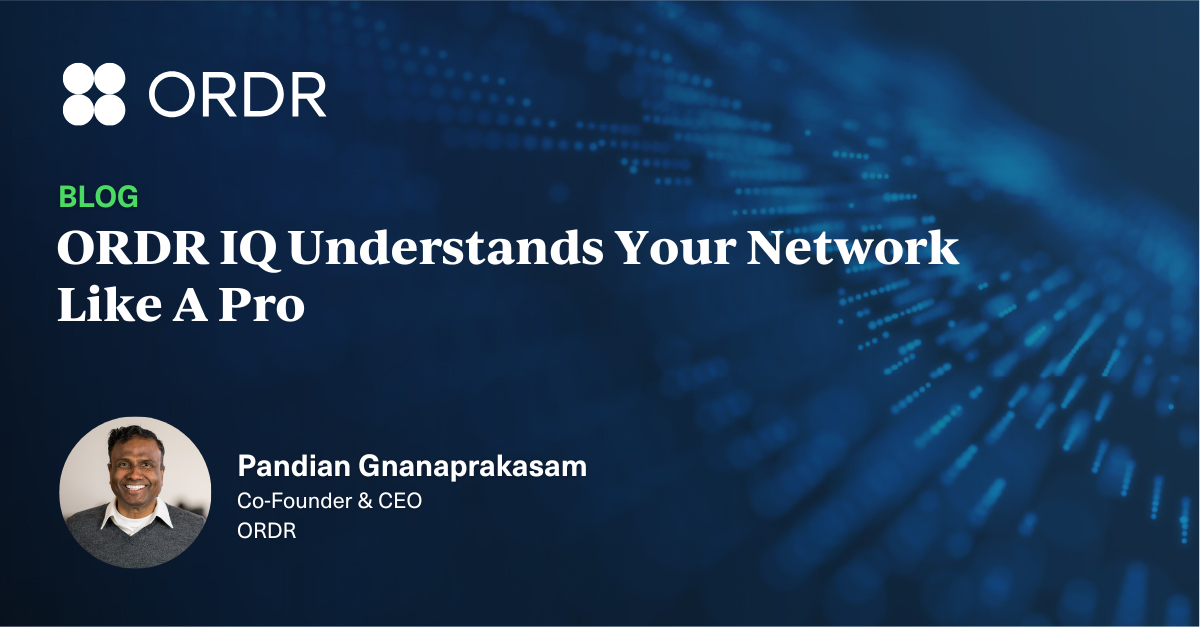There has been a lot of attention paid to ransomware over the last few years, and with good reason. In 2021 Fierce Healthcare reported a 470% increase in ransomware attacks on the healthcare industry in 2020 compared to the previous year. Threat actors saw an opportunity to take advantage of pandemic chaos to target a vulnerable sector of the economy and got to work. Healthcare took the brunt, but no industry was safe. The FBI’s Internet Crime Complaint Center (IC3) reported a more than 20% increase in ransomware investigations overall during that same period and said ransomware payouts increased at an even higher pace as a result. And according to Security Magazine more recent analysis shows the ransomware threat continued to rise through 2023, with more attacks, new gangs, and manufacturers emerging as a favorite target.
But ransomware isn’t the only danger to IT networks and data integrity. More common attacks, where the goal isn’t to lock down valuable information but siphon it off, remain a major threat to businesses. In fact, the most recent IC3 annual report said the FBI received 2,385 ransomware complaints accounting for losses of more than $34.3 million, while overall the Bureau fielded over 800,000 cybercrime complaints with losses of more than $10.3 billion during 2022.
A Complete, Real-Time View
Countering cyberthreats of every type is vital to protecting an organization’s business and operational interests, the safety of individuals, and to safeguarding assets like finances and intellectual property. Many types of cyberattacks share common attributes and indicators of compromise (IoC) like point of entry and vector, lateral movement, and disruptions to normal communications patterns. Identifying these can be difficult without a complete and real-time view of the assets comprising the network, and detailed profiles of each device connected to it. That is why a “whole enterprise” approach to cybersecurity must be adopted to maximize threat prevention.
Because many devices use obsolete, unsupported operating systems, they are easy to exploit and to quickly traverse the network toward their goal.
This is especially important when considering the growing reliance many organizations have on the Internet of Things (IoT) and associated technologies like the Internet of Medical Things (IoMT), Industrial Internet of Things (IIoT), operational technologies (OT), cyber physical systems, and other types of connected devices. Attackers don’t care what kind of devices the organization has deployed, only the operating system it runs. And because many devices use obsolete, unsupported operating systems, they are easy to exploit and to quickly traverse the network toward their goal.
Zero Trust Support
It makes sense, then, that a whole enterprise approach is the logical way to address cybersecurity because it includes full asset visibility combined with rich operational insights to give security teams the ability to recognize unexpected communications patterns and make informed security decisions in response. That is the Ordr See, Know, Secure philosophy to connected device security and it is why we have invested so much into building a platform that not only reveals an organization’s full connected device inventory in real-time, but layers in both intelligence and automation that enable dynamic policy creation and enforcement and support Zero Trust security initiatives.
A whole enterprise approach is the logical way to address cybersecurity because it includes full asset visibility combined with rich operational insights to give security teams the ability to recognize unexpected communications patterns and make informed security decisions in response.
That is important because connected devices are increasingly targeted by threat actors who use notoriously unsecure IoT, IoMT, OT and other devices as either an attack vector or path of lateral movement once inside the enterprise. They know that if 20% of an organization’s connected devices are outside the view of security, they are less likely to be detected and thwarted, and that their efforts stand a much higher chance of success.
Seven Keys to Fighting Back
To counter this threat, Ordr enables seven key capabilities in the fight against cyberattacks:
- Discovery of all connected devices.
- Identification of device communications with prohibited countries, prohibited IPs, and malicious URLs.
- Communications baselining and identification of communication anomalies.
- Identification of devices running vulnerable protocols with the ability to disable or monitor as needed.
- Identification of devices running unpatched and/or vulnerable software and OSes through the Ordr Software Inventory Collector.
- Segmentation or quarantining as a compensating control for devices that cannot be updated.
- Retrospective analysis to evaluate past compromised communications patterns when new IoC and threat intelligence are released.
Recent Attacks Illustrate the Threat
Several recent, high-profile threat campaigns illustrate how these capabilities and a whole enterprise approach to cybersecurity can help prevent or minimize the effects of an attack. Exploiting vulnerabilities in Fortra’s GoAnywhere managed file transfer product, Progress Software’s MOVEit managed file transfer product, and the RDStealer weapon targeting remote desktop applications allowed threat groups to plant malware, including ransomware, in hundreds of organizations and execute the exfiltration of millions of data files containing sensitive personal and corporate information. Even when attacks use zero-day vulnerabilities to compromise network security undetected, the exfiltration of data may itself trigger automated policy enforcement, minimizing the event’s impact.
Ordr is a key component in the whole enterprise cybersecurity strategies of many top healthcare, manufacturing, financial services, and other organizations that recognize their growing reliance on connected devices could leave them vulnerable. Using Ordr, they now SEE, KNOW, and SECURE their systems and data.

Interested in
Learning More?
Subscribe today to stay informed and get
regular updates from ORDR Cloud




